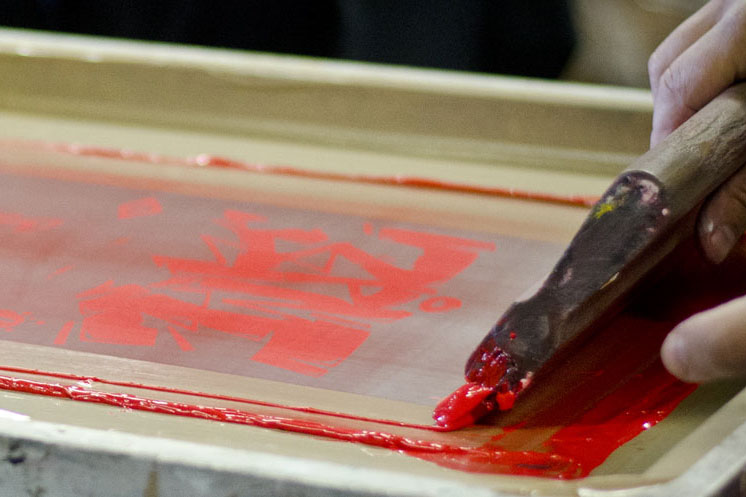
History and technique offlat-frame printing(printing à la lyonnaise)
History
At a very early stage, Japanese craftsmen reached a remarkable level of artistic and technical expertise in printing cotton fabrics and crepes. They were the precursors of the so-called à la lyonnaise printing process.
The process involved cutting out lines or figures from cardboard or paper and then applying colour with a brush to the stencil thus obtained. At a later stage, some of the stencils were reinforced with silk threads or women’s hair.
Drawing inspiration from this, a Lyon industrialist invented zinc-frame printing in 1920, using a squeegee for the first time to force the colour through this screen.
Around 1925, printing à la lyonnaise was fine tuned: this development was the most important innovation in textile printing since the invention of the roller machine.
The particular technical characteristic of printing à la lyonnaise is the use of a frame, hence its alternative name: flat frame printing.
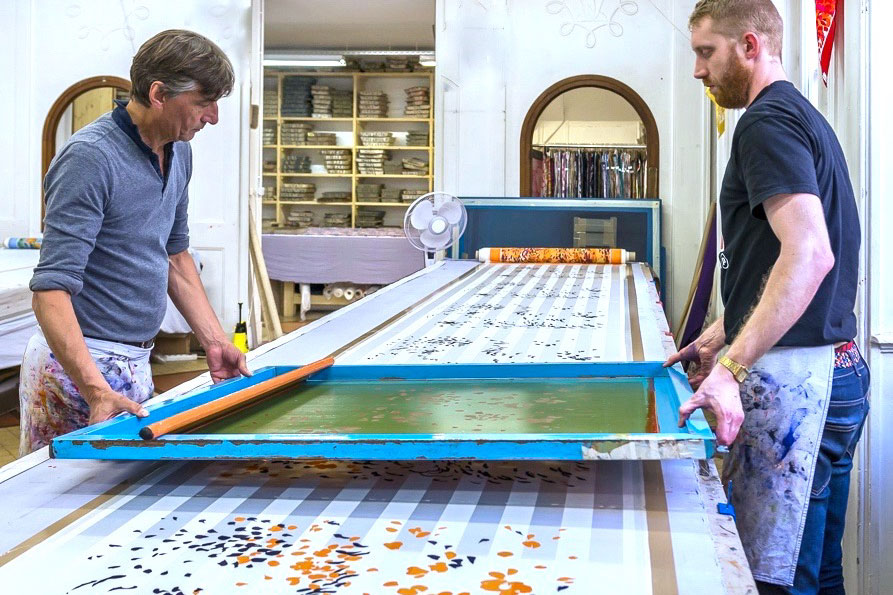
The technique
The Brochier Soieries printing workshop has more than 3,000 printing frames; they are used every day for printing silk fabrics. A list of the stages involved in printing à la Lyonnaise can only give a remote and somewhat abstract idea of the beauty of this technique. A visit to one of the workshops is the only way to properly grasp the artistry involved, where the skill and sensitivity of the printer are the key to success.
However, to give you a better idea, we hope, of this method of printing, here are the different stages of the process:
Engraving
The engraver breaks down the designer’s original pattern according to the number of colours it contains. One frame has to be made for each colour. These frames are superimposed in order to produce the pattern in its entirety. The composition of the pattern is also worked out again according to how much it needs to be enlarged, both in height and in width. This task of visually re-arranging the design’s proportions also falls to the engraver. In order to make the frame required for printing, the engraver transfers the original design by photoengraving it onto a piece of synthetic gauze stretched over a metal frame – this used to be done with a piece of silk stretched over a wooden frame.
The proof
The proof is the first test print. The engraver prints it onto paper. It is used to check that the frames are accurately aligned.
Before printing the colours onto silk, several preliminary operations have to be carried out to ensure a first-rate print:
- Matching, i.e. working out the chemical formulae of the colours that are going to be used and ensuring that they are faithful to the original design.
- Making the colours, which will vary in composition according to the fibre being used: a critical operation that takes place in a separate area of the workshop known as the colour kitchen.
- Positioning the fabric on the long printing table requires the utmost care. Here the registration of the design, i.e. the alignment of the patterns, is adjusted to precisely match the sequence of patterns and the overlapping of the colours.
Printing
Printing the silk can then begin, first with the outlines of the design, then the successive colours and, finally, the background. The craftsman uses a squeegee to drag the accumulated colour from one edge of the frame to the other. The colour then passes through the gauze mesh, which is protected by a special varnish, to dye the silk.
The fabric is then left to dry above the printing table; this is called airing or lifting the piece. Once it is dry, the fabric is steamed, i.e. subjected to the action of a more or less dry steam which fixes the dyes on the fibre.
Finally, the fabric is washed, a particularly delicate operation for silk. This is followed by the inspection, an indispensable quality-control stage to check the conformity of the silk, which must have the same feel as it did before printing.
The Brochier Soieries printing workshop has more than 3,000 printing frames; they are used every day for printing silk fabrics.
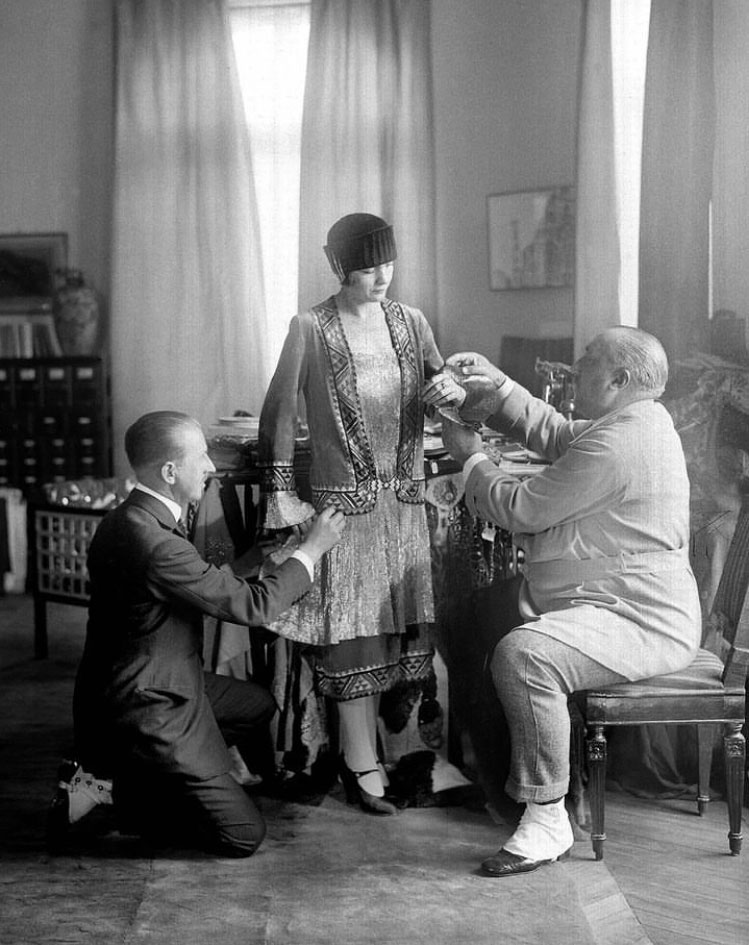
Welcome to the Brochier Soieries workshop
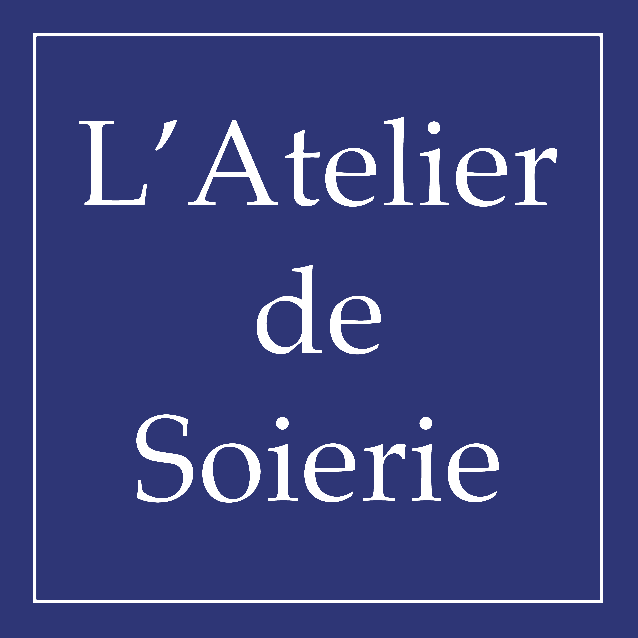
Practical information
The workshop is open to the public on Mondays and Fridays 9:30 am - 1:00 pm & 2:00 pm - 6:00 pm, on Tuesdays, Wednesdays and Thursdays 9:30 am - 1:00 pm & 2:00 pm - 6:30 pm, on Saturdays 9 am - 1:00 pm & 2:00 pm - 6 pm. Closed on 1, 8 and 29 May, 9 June, 14 July and 15 August.
Contact details
L’Atelier Brochier Soieries
33 rue romarin - 69001 Lyon
Map
Public transportation:
Metro line A and Line C | Hôtel de Ville station
Bus S1, A32, A71, C5, 9 | Hôtel de Ville station
Plan a journey
INTRODUCTIONS TO ART PRINTING
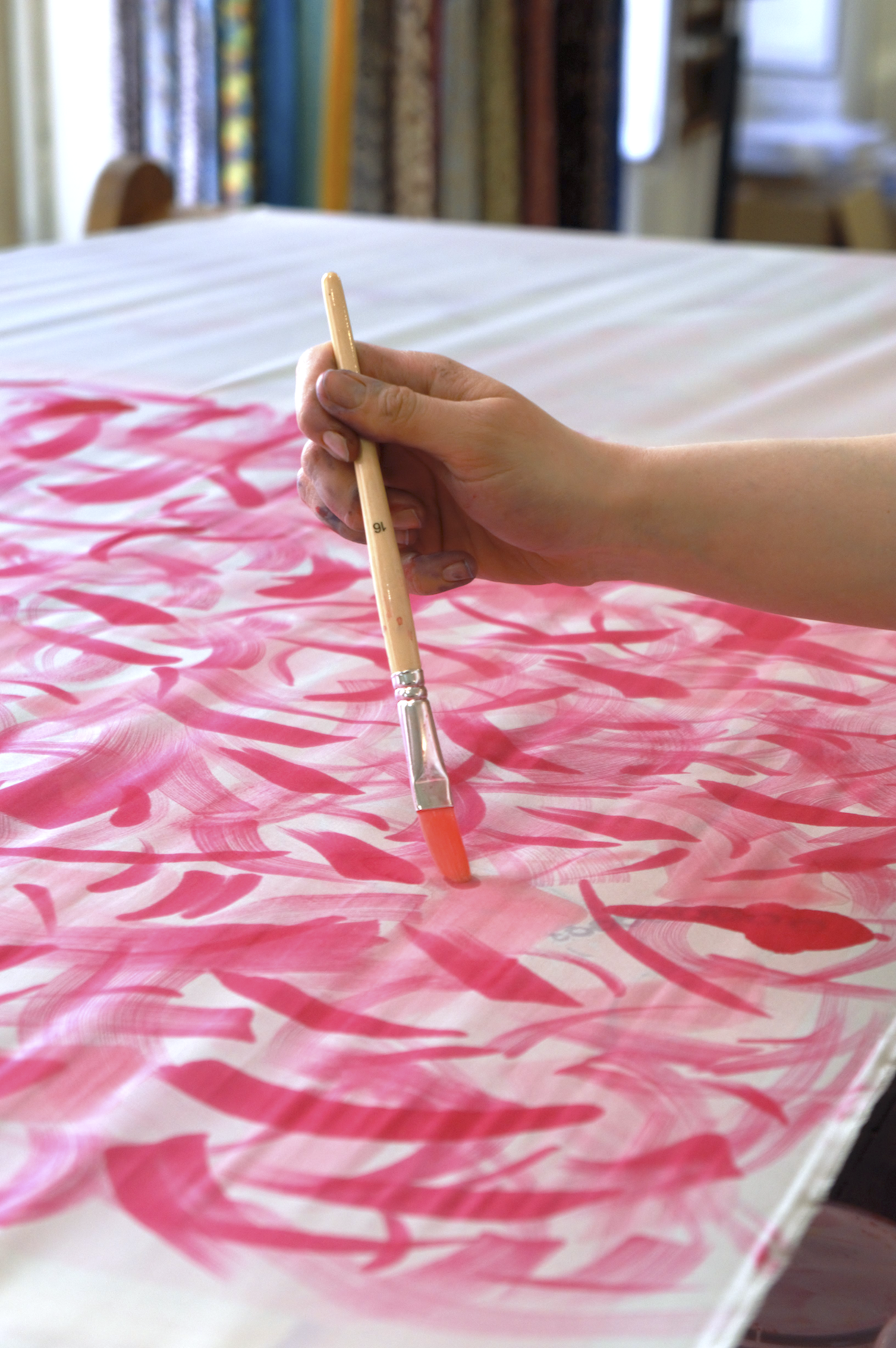
Introduction to painting on silk
Duration of the introductory lesson: 2h
Subject to reservation
1 to 4 people
120 € / per person
Venue: L'Atelier Brochier Soieries
Find out more about the Painting on silk introductory lesson
Our designer’s introduction to silk painting is a unique creative experience.
Over the course of two hours, you will discover silk painting techniques and create your own personalised silk square.
Anna will guide you through the creative process, providing you with inspiring textile designs, tools and materials. Seated in front of the long hand-painting tables on which the silk rolls are stretched, you’ll spend 2 hours discovering the secrets of a Lyonnais skill that was highly prized by the great couturiers of the 20th century.
This introductory course is available for groups of two or more, and can be adapted to your level, whether you are a beginner or an experienced painter. It’s the ideal opportunity to share a timeless moment with friends or family (children aged 8 and over).
Once the session is over, our team will complete the process by fixing your colors, washing and manufacturing your square. As soon as the process is complete, we’ll send the square to you by post anywhere in the world. A unique souvenir 100% lyonnais, 100% you!
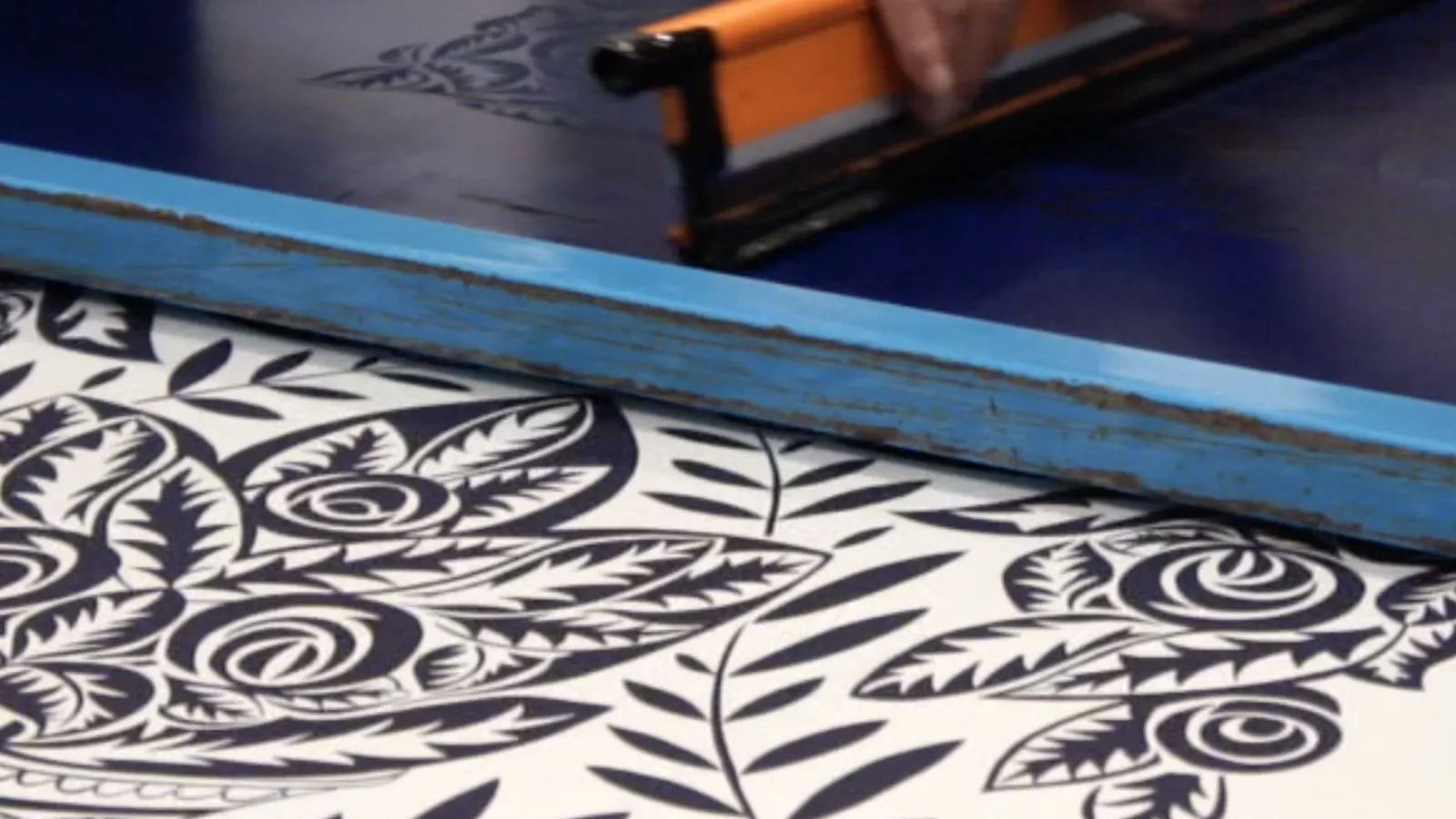
Introduction to flat-frame printing à la lyonnaise
Duration of the introductory lesson: 3h
Subject to reservation
2 to 5 people
250 € / per person
Venue: L'Atelier Brochier Soieries
Find out more about the Flat-frame printing à la lyonnaise introductory lesson
Our silk-printing workshop is the last workshop in France in operation to perpetuate by hand this traditional process invented in Lyon in 1920 and long used by Lyonnais manufactures for printing on fabric. With 3,000 frames, some of which date back to 1950, we can produce a wide variety of designs, combining tradition and modernity.
The introduction to flat-frame printing offered by our printers is a unique and creative experience.
Over the course of two hours, you’ll discover frame printing techniques “à la lyonnaise” and create your own personalized silk square. Seated in front of the long printing tables on which the silk rolls are stretched, our printers will share the secrets of a Lyonnais know-how so highly prized by the great couturiers of the 20th century.
Initiation is adapted to your level, whether you’re a beginner or experienced.
Once the session is over, our team will complete the process by fixing your colors, washing and manufacturing your square. As soon as the process is complete, we’ll send the square to you by post anywhere in the world. A unique souvenir 100% lyonnais, 100% you!
BOOK YOUR GUIDED TOUR
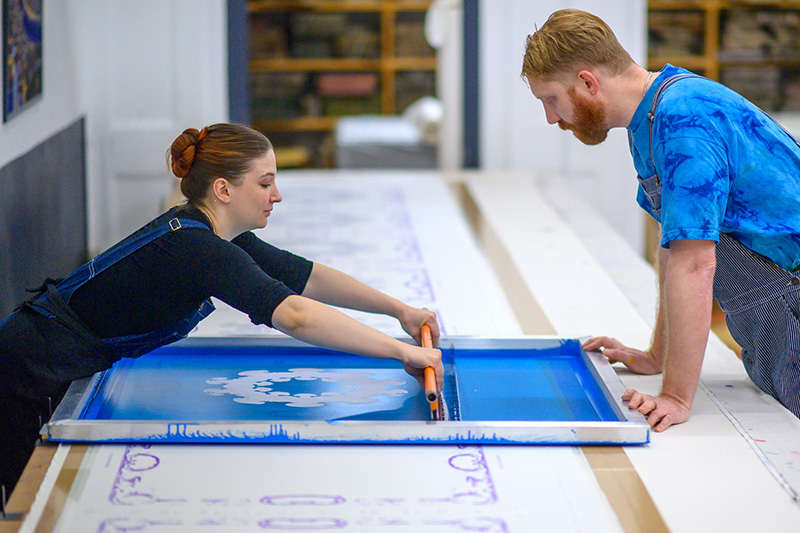
The workshop guided tour
Duration : 1h
Group fares
Subject to reservation
Location : Brochier Soieries workshop
Find out more about the workshop guided tour
The Brochier Soieries workshop invites you to discover its traditional skills: frame printing “à la lyonnaise”, hand-painted silk velvet panne and block printing.
Our silk printing workshop is the last workshop in France still in operation to perpetuate by hand this traditional process, invented in Lyon in 1920 and long used by manufacturers to produce prints on fabric. With 3,000 frames, some dating back to 1950, we produce a wide variety of graphics, combining tradition and modernity.
During your visit, our printers will share the secrets of Lyon’s expertise, so highly prized by the great couturiers of the 20th century.
You’ll discover the techniques of frame printing “à la lyonnaise” and block printing: qualities of silk fabrics, installation of silk rolls on long printing tables, cooking of colors, smoothness of colored pastes, printing, drying and fixing. Upstairs, you’ll be invited to a demonstration of hand-painting on velvet panne, a renowned specialty of Lyon!
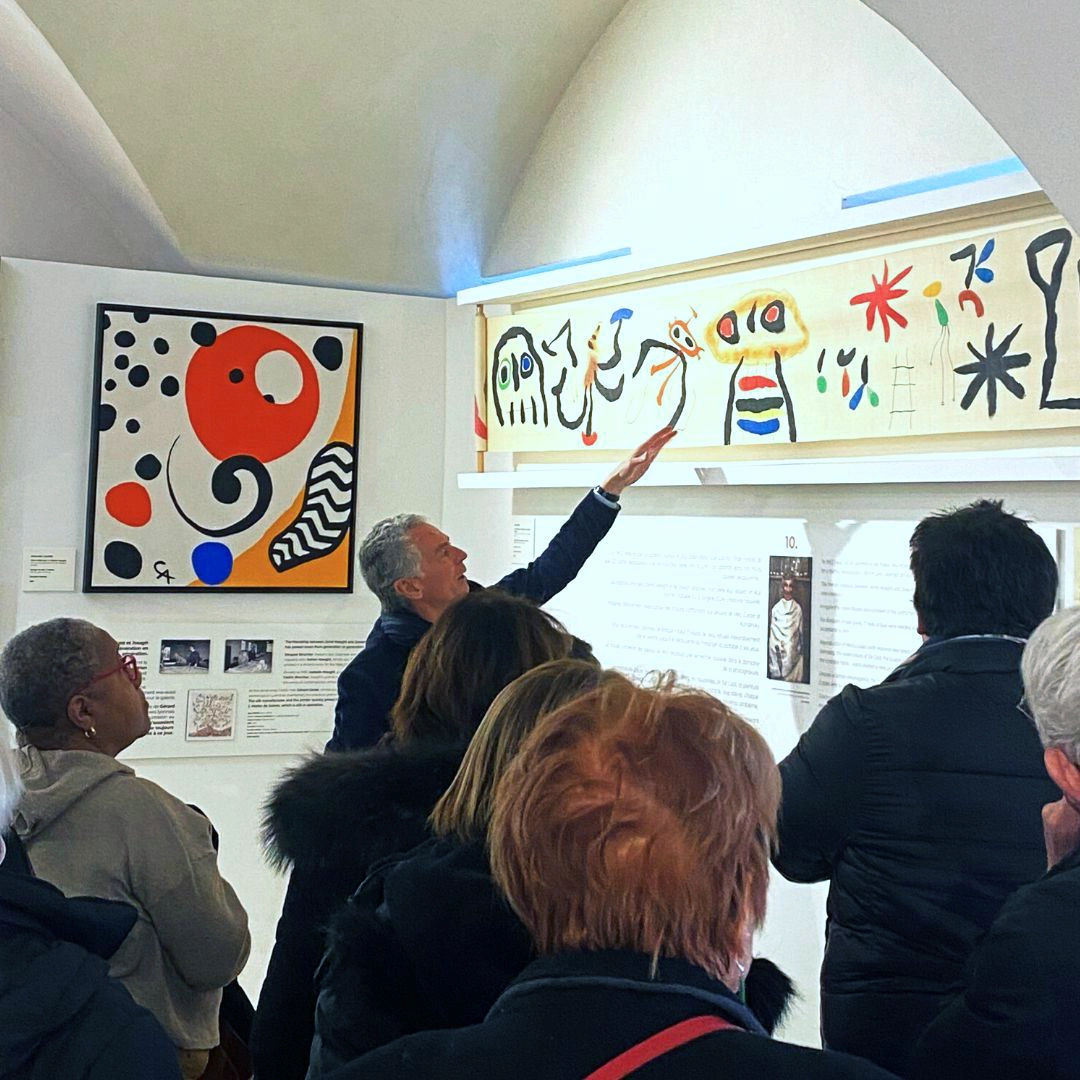
The museum entrance ticket
Duration : about 1hAdults 8 € / 14-25 years 6 €
Location : Musée Soieries BrochierFind out more about our the museum guided tour
In the heart of the city of Lyon, within the prestigious walls of the Grand Hotel Dieu, the new Musée des Soieries Brochier is now open.
We invite you to explore 130 years in the history of a prominent Lyon family that set out in the silk industry in 1890: 4 generations, 9 Brochiers and hundreds of thousands of metres of silk, woven and printed for the greatest names in haute couture and the arts have been involved over a period of more than a hundred years.
Come and admire dresses by Hubert de Givenchy, Christian Lacroix, Valentino, Yves Saint Laurent and Nicolas Fafiotte, created with fabrics from the Brochier silk house.
And discover textile designs by such 20th century masters as Miró, Calder and Cocteau that reflect the Brochier family’s close involvement with artists.
Discover also how a thirst for innovation made it possible to adapt the Jacquard loom for the production of technical fabrics for Concord nose cones, rainforest canopy rafts, and the Venus balloon probes. And learn how silk thread is now woven with optical fibres to produce the fabrics of the future.
The Musée Soieries Brochier is the ideal starting point for a visit to Lyon that combines heritage with history. The museum shop is open to the public and offers a wide range of hand-painted, 100% silk and velvet squares made in Lyon in the silk weaving mills and printing workshops of Brochier Soieries.
The museum is part of our Silk Trail, which offers visitors the opportunity to visit our silk printing workshop on the Place des Terreaux and then to inspect a mini silkworm farm on the Rue du Boeuf in the Mediaeval and Renaissance quarter of the town (St Jean).
